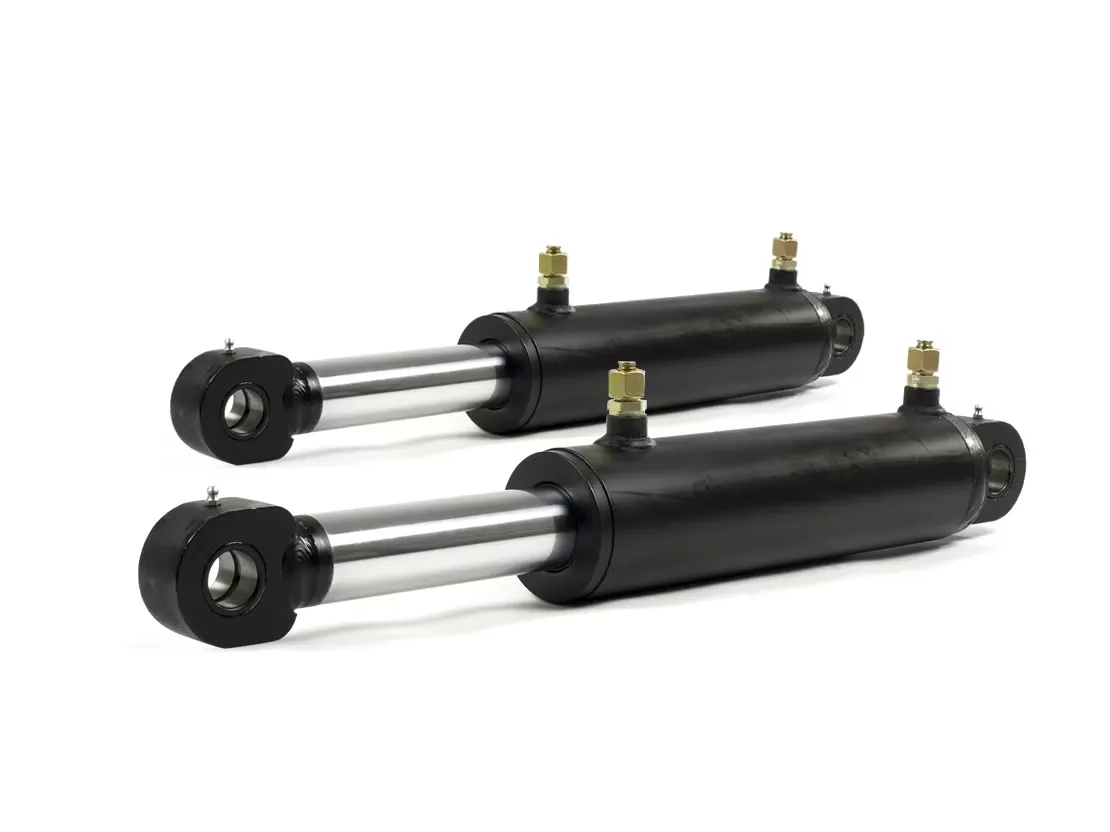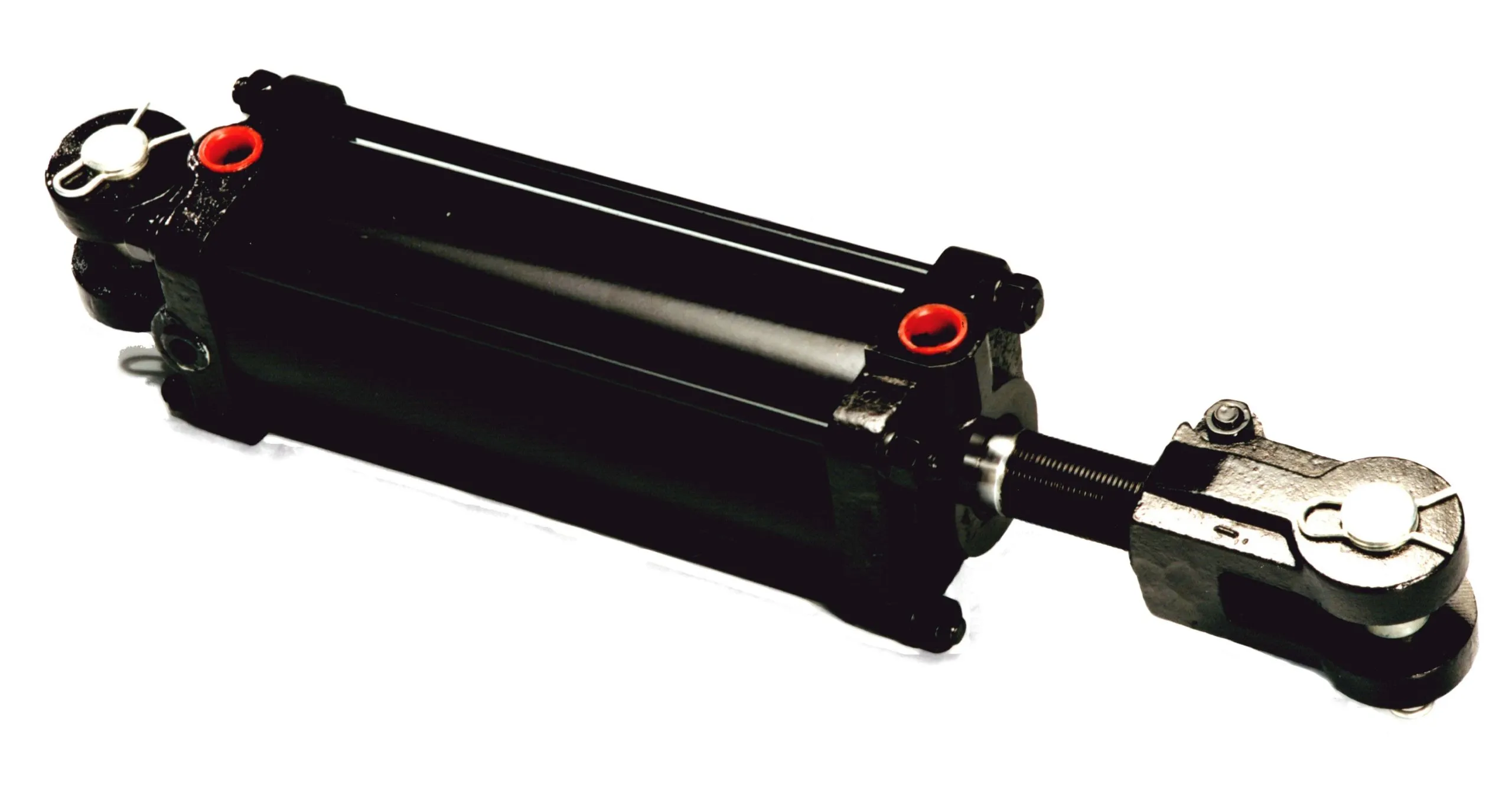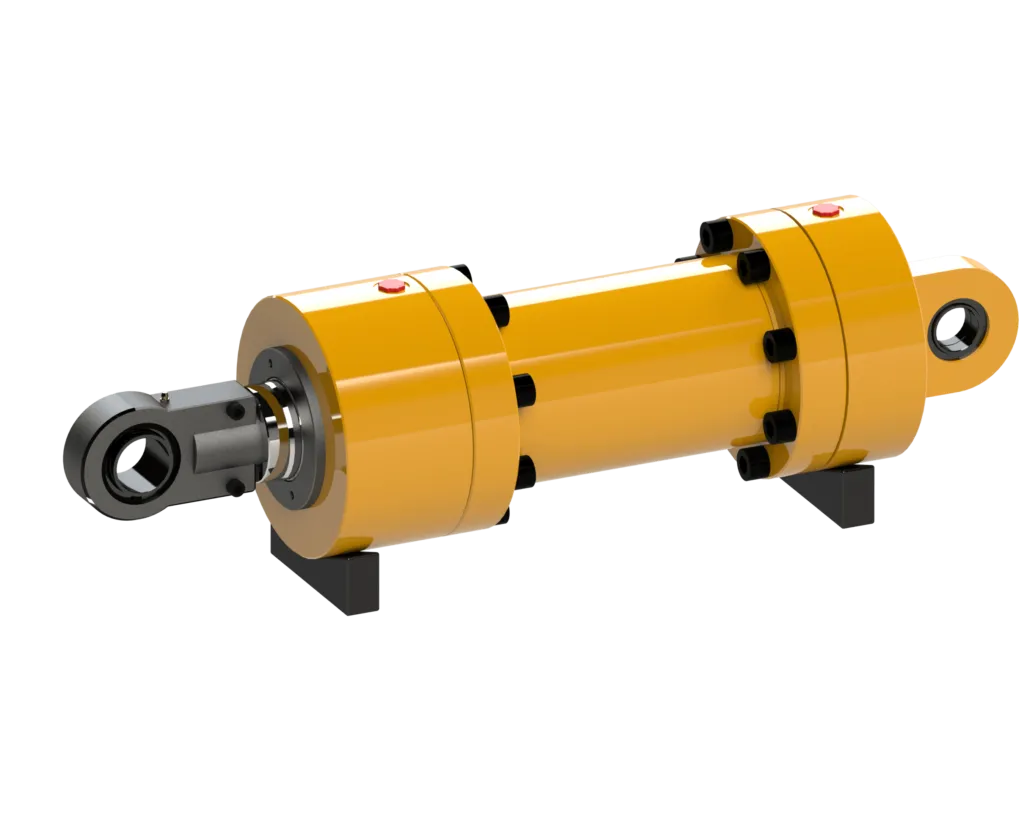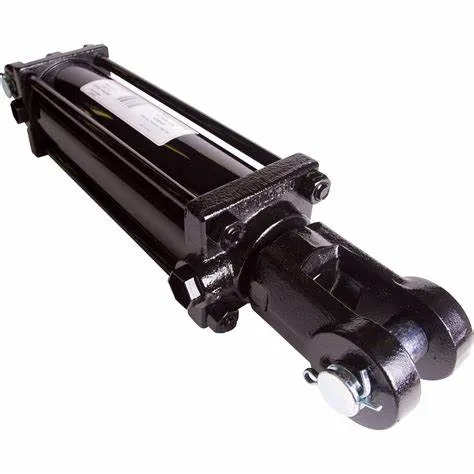Assessing Viability of Telescopic Single-Acting Hydraulic Cylinder Projects
Introduction
Telescopic single-acting hydraulic cylinders play a crucial role in various hydraulic applications due to their unique design and functionality. Understanding the key components, working principles, advantages, applications, and maintenance considerations of these cylinders is essential for assessing the viability of projects involving them.

Design and Construction Characteristics
The telescopic single-acting hydraulic cylinder consists of several main components, including the outer cylinder, internal stages, piston, and seals. The gradual expansion of internal stages allows for increased length, typically in a two- or three-stage design. Seals such as O-rings and wiper seals prevent leaks and maintain pressure. High-strength steel, lightweight aluminum, and corrosion-resistant coatings are commonly used materials for durability and performance.
Working Principle
The telescopic single-acting hydraulic cylinder operates by applying hydraulic pressure in one direction to extend its length and then contracting using a spring or gravity. This telescopic action allows for efficient use of space and high force output in lifting and driving applications.
Types and Configurations

There are three main types of telescopic single-acting hydraulic cylinders, each offering unique features and benefits for specific applications. Understanding the differences in design and functionality is key to selecting the right cylinder for a project.
Advantages

- Space Efficiency: Compact design allows for significant expansion in tight spaces.
- High Force Output: Capable of generating large amounts of force for heavy loads.
- Versatility: Suitable for a wide range of industries and applications.
Application Scenarios
Telescopic single-acting hydraulic cylinders find use in various scenarios such as dump trucks, construction, and marine environments due to their space efficiency, high force output, and adaptability.
Design Considerations
When selecting a telescopic single-acting hydraulic cylinder, factors such as bearing capacity, sealing, durability, safety, and maintainability should be carefully considered to ensure optimal performance and longevity.
Sealing and Lubrication
Proper sealing using seals like piston seals and regular lubrication with hydraulic oil are essential for preventing leaks, reducing wear, and ensuring smooth operation of the cylinder.
Maintenance and Troubleshooting
Regular inspection, lubrication, seal replacement, and calibration are key maintenance tasks to extend the service life of telescopic single-acting hydraulic cylinders. Understanding common problems and troubleshooting techniques is essential for effective maintenance.
Unit Power
The unit power of a telescopic single-acting hydraulic cylinder is influenced by factors such as cylinder diameter, operating pressure, piston speed, and load conditions. Optimizing the power unit can enhance efficiency, energy savings, and reliability.

Company Overview
We are a leading hydraulic cylinder replacement manufacturer with a comprehensive product line and international presence. Our company offers customized services, high-quality products, and top-notch after-sales support to meet the diverse needs of our customers.
